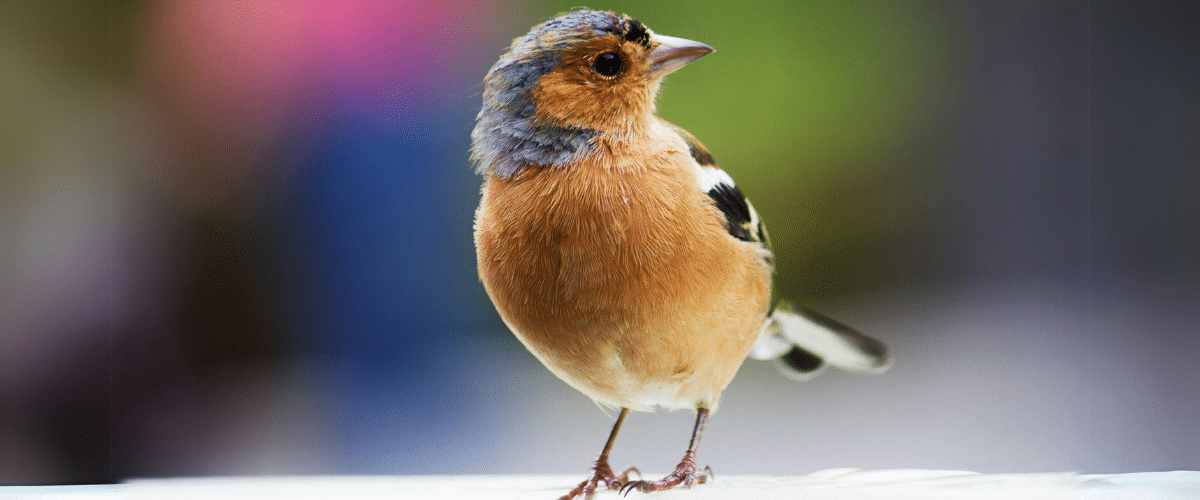Once viewed as a defiant act of vandalism, graffiti has transcended its rebellious roots to become a celebrated form of public art. This transformation reflects a broader cultural recognition of street art’s potential to not only beautify urban spaces but also to create a dialogue with the community. From the scribbled tags of the past to the present-day mural projects, public art has become a vessel for social expression, community identity, and urban renewal.
The Roots of Rebellion
In the 1970s and 1980s, graffiti was the voice of the marginalized, a form of self-expression for those who felt unseen by the mainstream. Tagging — the act of writing one’s pseudonym on walls and subway cars — became synonymous with urban decay and lawlessness. Yet, it was in these illicit scribbles that the seeds of today’s vibrant street art were sown. Artists like Jean-Michel Basquiat started their careers on the streets before gaining recognition in the art world.
Street Art as a Cultural Conversation
As the graffiti movement grew, so did its complexity. What began as simple tags evolved into larger, more intricate pieces known as ‘pieces’ or masterpieces, giving birth to the term ‘street art’. Artists like Keith Haring brought their work from the subway to the gallery, challenging the dichotomy between high and low art. They used public spaces to address social issues, engage with audiences directly, and bring art to those who might never visit a museum.
Cityscapes as Canvases: Embracing Urban Art
Cities began to recognize the value of these organic urban galleries and the potential of street art to revitalize neighborhoods. Initiatives like the Wynwood Walls in Miami transformed a once-neglected district into an international art destination. In Melbourne, the laneways of Hosier Lane have become a tourist attraction, where the ephemeral nature of street art is celebrated, constantly changing, and evolving.
Artists Leading the Charge
The progression of street art owes a debt of gratitude to the pioneers who courageously showcased their art in public spaces, despite potential legal repercussions. Banksy’s satirical and politically charged work has made headlines globally, while Shepard Fairey’s “Hope” campaign became an iconic image in U.S. politics. Artists like Os Gemeos and Eduardo Kobra have brought their distinctive styles to buildings around the world, their work instantly recognizable for its vibrancy and scale.
Legal Walls and Street Art Festivals
The changing tide has seen the emergence of legal walls and street art festivals. Cities now commission artists to create murals as a form of urban renewal. Festivals such as POW! WOW! have become international platforms for artists to showcase their talents and for communities to engage with art in the making.
The Digital Dimension
The digital age has further propelled the visibility of street art. Platforms like Instagram have turned local pieces into global phenomena, with murals becoming backdrops for the next viral photo. The connectivity of the internet allows artists to gain international followings and for street art to be cataloged as part of the contemporary art narrative.
Conclusion
The trajectory of public art from illicit graffiti to celebrated urban masterpieces is a testament to the dynamic nature of art itself. It reflects society’s evolving attitudes toward public space, art accessibility, and community engagement. As cities continue to embrace this colorful revolution, the distinction between the gallery and the streetscape blurs, challenging us to redefine what it means to be an art space. In the grand tapestry of urban culture, every wall, every alleyway, every city becomes a potential masterpiece in the ongoing conversation between artist and audience.




